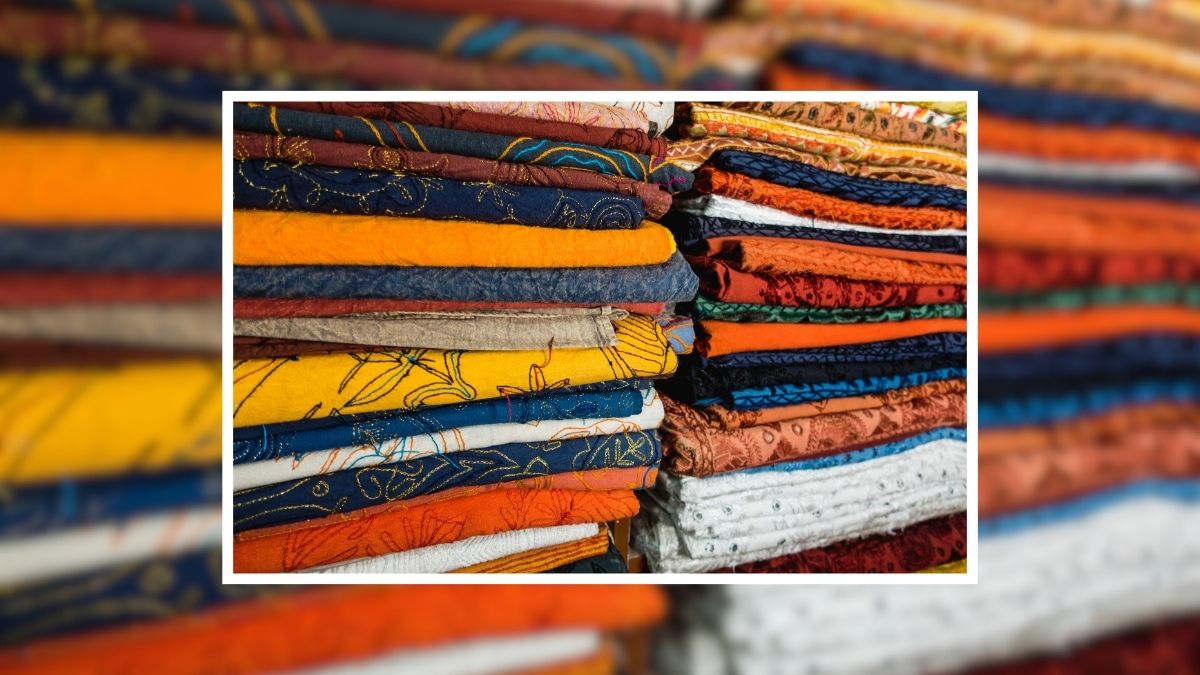
The textile heritage of India is as vast and subtle as the country itself. Every region of the country has its style of weaving, motifs, and materials, making the handloom industry the very foundation of India's cultural heritage. Historically, the weaving of handlooms also carried with it stories, local ingenuity, and sustenance for communities.
This article is authored by Mr. Dinesh Talera, Co-founder, Mysore Saree Udyog
1. Banarasi: The Royal Weave of Varanasi
Traditionally considered the royal city, the Banaras sarees are known for their glitzy, rich and elegant appearance. Made from the finest silk yarns, these saris are often shone with golden or silver zari embroidery. Their motifs basically follow Mughal paintings — all too elegant with flowers, leafy tendrils, and royal motifs.
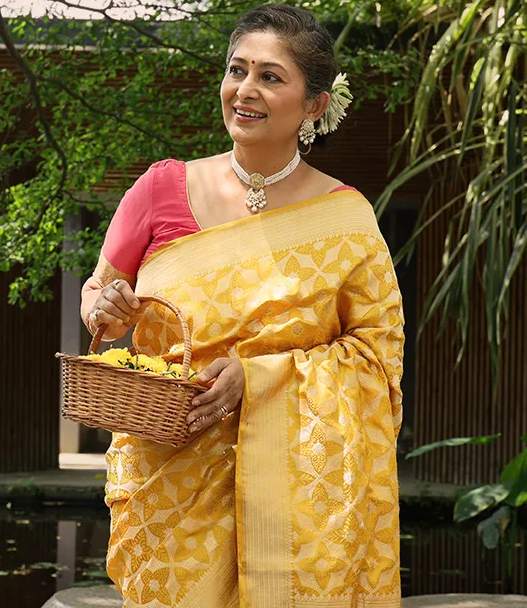
Depending upon how elaborate the work is, it can take anything from two weeks to six months to make a single Banarasi sari. Still today, despite the advancement of machines, an element of manual craftsmanship continues to exist in Varanasi, with the artisans proudly imparting their knowledge across generations. It would be unfair to say it's just a piece of clothing; rather, it is a piece of history you wear.
2. Kanjeevaram: The Eternal Beauty of Tamil Nadu
Kanjeevaram sarees have been termed as 'Queen of Silks,' dating back to ancient times.
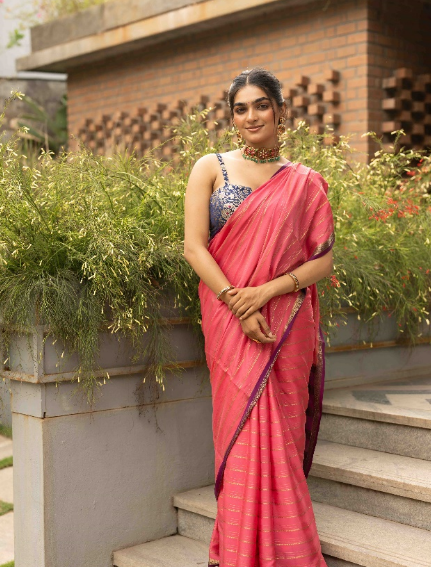
The textile heritage of India is as vast and subtle as the country itself. Every region of the country has its style of weaving, motifs, and materials, making the handloom industry the very foundation of India's cultural heritage. Historically, the weaving of handlooms also carried with it stories, local ingenuity, and sustenance for communities.
Don't Miss;5 Beautiful Shell Bangle Designs For All Outfits
Light, warm, and glowing-these are the qualities exuded by a Chanderi saree made from the special blend of silk and cotton threads.
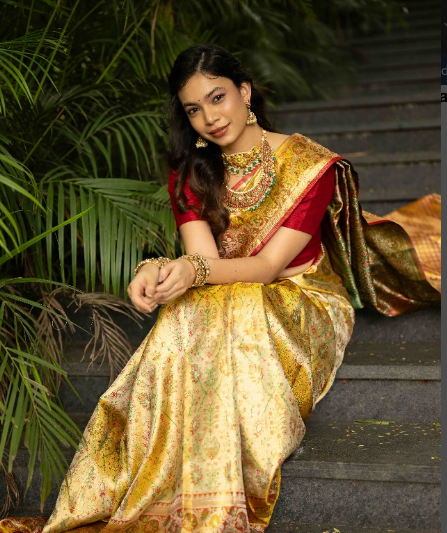
These saris are embellished with motifs of peacocks, lotuses, coins, and geometric designs; they can be used for festivities and for regular wear. The art of weaving in Chanderi town goes back to the 13th century, adapting in times to embrace contemporary-style patterns while maintaining the lightness of fall and the classical philosophy.
4. Pochampally Ikat: The Geometric Jewel of Telangana
Pochampally saris are named after a group of villages in Telangana, famous for their vivid colours and bold designs. The uniqueness lies in the technique known as ikat, whereby the yarns are die-cut into designs before weaving.
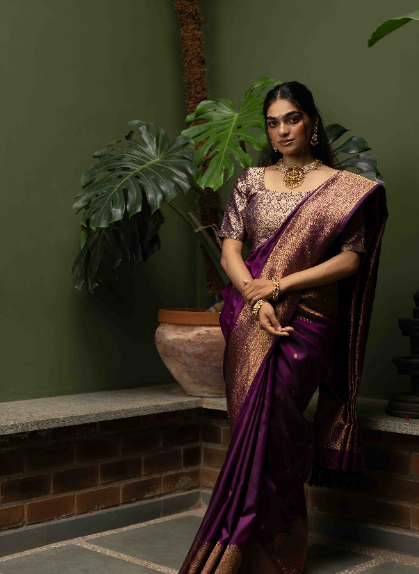
When the warp and weft are both dyed with precision, at the time of weaving are brought forth lovely symmetrical designs. It is a matter of great expertise, patience, and planning. Also known as "Silk City of India," Pochampally weaving tradition is centuries old and has received a special GI tag to safeguard its identity. These sarees harmoniously blend tradition, technique, and timeless beauty.
5. Patola: The Gujarat Royal Weave
Patola sarees from Patan in Gujarat are renowned for their stunning beauty, rich colours, and the incredible craftsmanship that goes into making them. These double ikat sarees are unique because every single thread is hand-dyed before weaving both the horizontal and vertical strands. The real magic happens when these vibrant threads come together on the loom, resulting in a breathtaking final product. It’s such a meticulous and slow process that it can take anywhere from several months to a whole year to create just one saree.
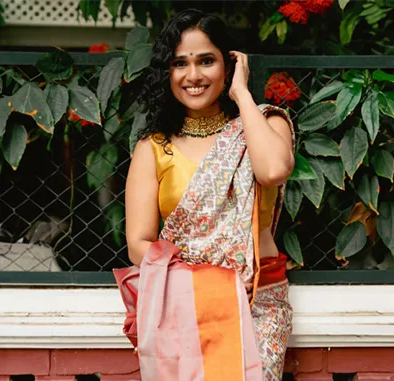
The designs often feature symbols like elephants, parrots, and flowers, each carrying deep meaning and steeped in tradition. Crafted by the Salvi community over countless generations, a Patola saree is more than just clothing; it’s a treasured and sacred work of art. These Sarees are crafted using mulberry silk and dyed in luscious hues with broad borders seeming to frame temple and nature-inspired motifs. What separates a Kanjeevaram from the rest is the weaving of the Koorvai-the bordar is woven separately from the body and then hand-sewn with such intricate fine stitches that the join cannot be discerned. It certainly adds grandeur to the saree and makes it sturdy for many years. A Kanjeevaram is not merely festive wear but a treasured tradition from mother to daughter.
Don't Miss:6 Latest Multicolour Saree Designs For Sawan 2025
For more such stories, stay tuned to HerZindagi.
Picture Credit: Freepik.
Also watch this video
Herzindagi video
Our aim is to provide accurate, safe and expert verified information through our articles and social media handles. The remedies, advice and tips mentioned here are for general information only. Please consult your expert before trying any kind of health, beauty, life hacks or astrology related tips. For any feedback or complaint, contact us at compliant_gro@jagrannewmedia.com.